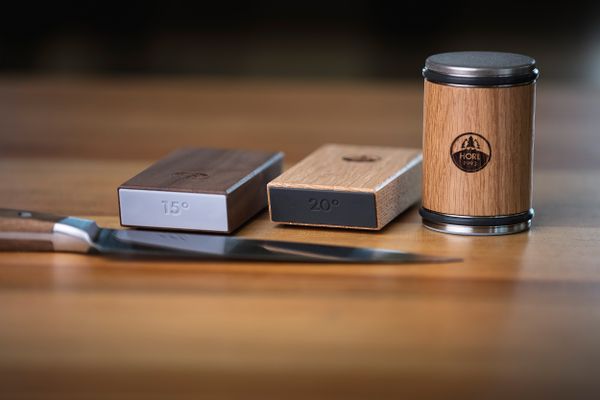HORL ® Blog
We like sharp knives. In order for you to take the best out of your favourite dishes, we share with you our experience of grinding knives for over 25 years.

15° or 20°?
The magnetic angle support of the HORL ® 2 offers a 15° and a 20° angle. What is the difference between the two? Which grinding angle fits better to my knife? And can I adjust the predetermined grinding angle?

The first sharpening process
When sharpening your knife for the first time, it will learn its proper grinding angle. Why are patience and the correct angle important? How do you remove a burr? And what roles do steel quality and previous treatment of the knife play?

Which angle is more suited for my kitchen knives?
Countless discussions, myths and opinions revolve around the great angle question. What is the right angle for kitchen knives and can you change the angle of your knife?

Grinding of a damascus knife
No question – in terms of sharpness, damask knives play in the professional kitchen league. Extreme sharpness, a long cutting edge and exceptional grain make the heart of every knife lover beat faster.
